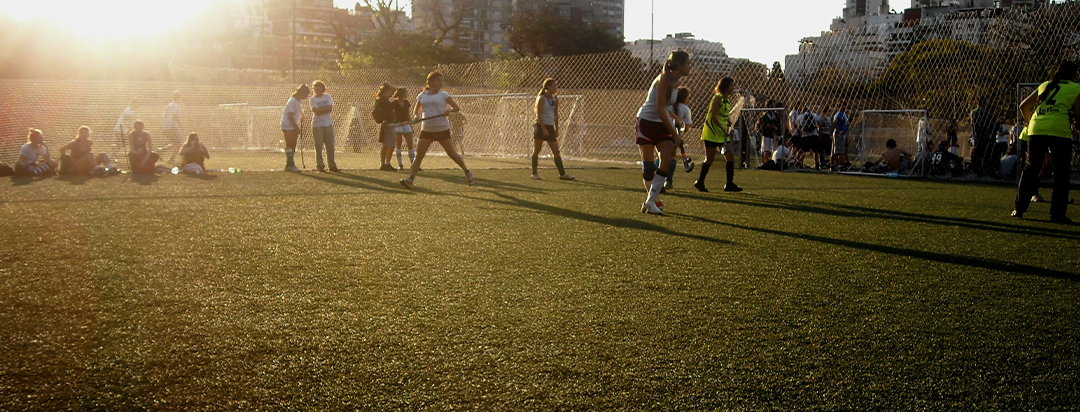

Lorem ipsum dolor sit amet, consectetur adipiscing elit ut liqua purus sit amet luctus venenatis, lectus magna.

Walking soccer adapts the familiar framework of traditional soccer into a slower, more controlled version of the sport. While the general flow, objectives, and team dynamics remain recognizable, the rules shift the emphasis toward positioning, accuracy, and steady movement. Understanding these rules is essential for playing the game as intended and preserving the unique pace that defines the walking format.
Everything in walking soccer starts with one foundational requirement: players cannot run. At least one foot must remain in contact with the ground at all times, and referees monitor stride length, acceleration, and foot placement to enforce this. The rule isn’t meant to limit competitiveness—it simply changes the way players approach the game. Instead of relying on bursts of speed, movement becomes deliberate, and space must be created through anticipation rather than sprinting.
Walking soccer places significant restrictions on physical contact. Traditional slide tackles are not allowed, and defensive challenges must be measured rather than forceful. Players are expected to approach the ball directly rather than using body weight to disrupt opponents. These limits reduce impact-related injuries and ensure that every action on the field is centered around control rather than aggression.
While the sport follows the basic template of soccer, the ball tends to stay lower and move in shorter, more precise patterns. High, driven passes are less practical because players cannot accelerate to reach them. Ground passes and quick exchanges between teammates become the core of possession play. Shooting remains part of the game, but the opportunities are created through careful buildup, not fast breakaways.
Walking soccer typically uses a smaller field than full-speed soccer. This allows play to stay active without requiring long-distance travel. Team sizes vary depending on the league or venue, but smaller-sided formats are common, keeping every player involved throughout the match. These adjustments maintain the sport’s intensity while staying aligned with the low-impact intent of the game.
Because movement is controlled, matches rely heavily on spacing and timing. Defenses can’t sprint to close gaps, so proper positioning becomes a critical skill. Offenses must work together with well-timed passes and steady movement to break down opponents. The pace feels strategic rather than frantic, and players often stay engaged from start to finish without the fatigue spikes common in traditional soccer.
Infractions typically focus on actions that disrupt the controlled nature of the game. Running violations, excessive contact, and reckless tackles are the most frequent fouls. Referees use these calls not only to maintain fairness but to preserve the intended style of walking soccer, ensuring that the match remains safe and accessible for all participants.
The rules of walking soccer are designed to create a balanced version of the sport where skill and decision-making take priority over physical speed. They open the game to a broader range of players, including those who may want a competitive environment without the strain traditional soccer can impose. These rules maintain structure, support safety, and provide a consistent framework that keeps the experience authentic to the walking format.
Walking soccer operates within a clear rule set that shapes every aspect of the game, from movement and contact to spacing and tempo. By emphasizing control over speed and precision over power, the sport offers a distinct yet familiar take on soccer. For anyone considering joining a league or exploring the format, understanding these rules is the best way to appreciate how walking soccer creates its own identity while staying true to the fundamentals of the sport.


Explore our collection of 200+ Premium Webflow Templates